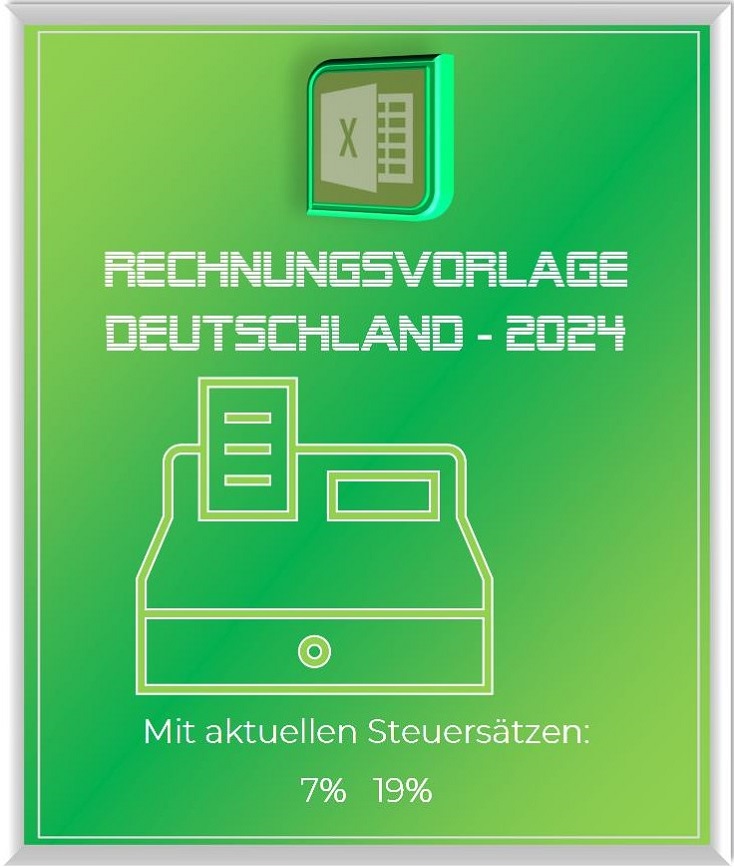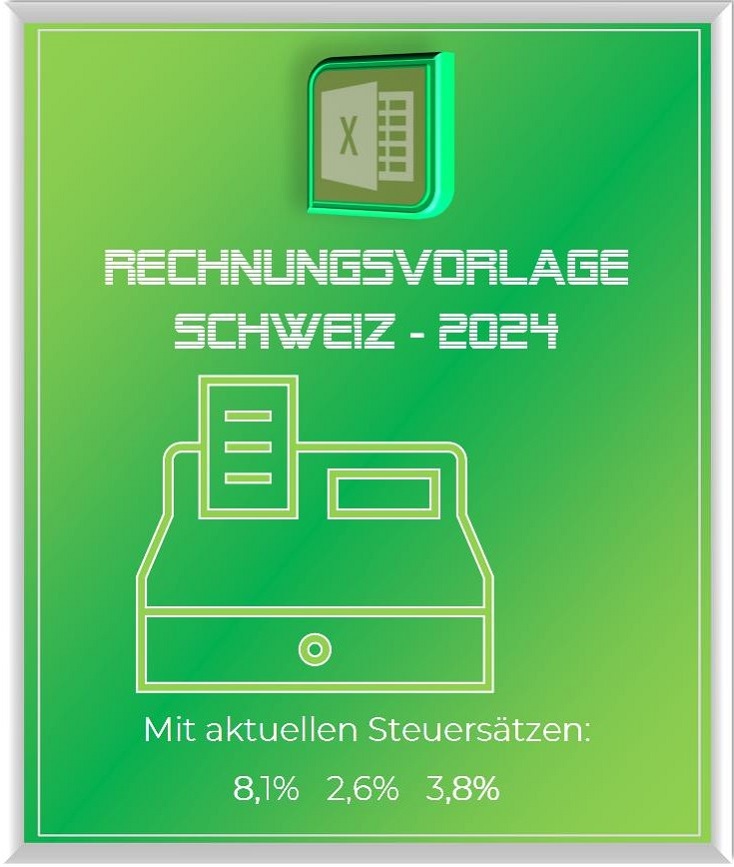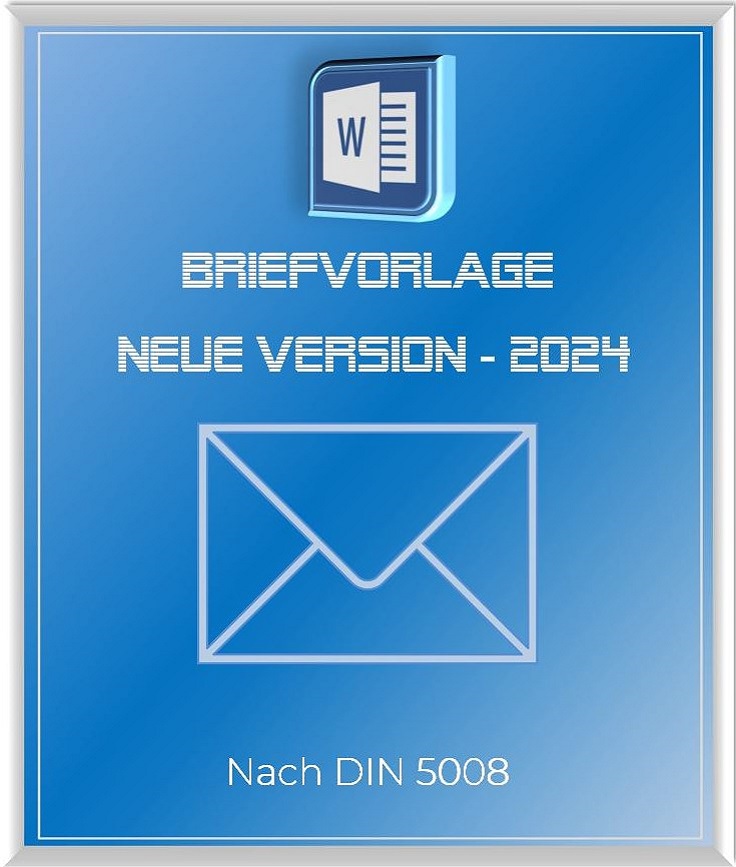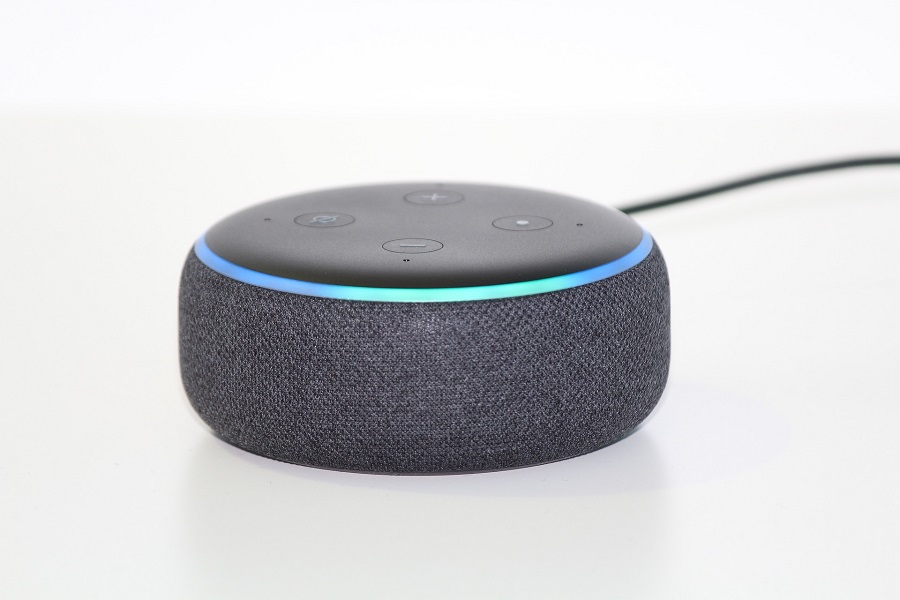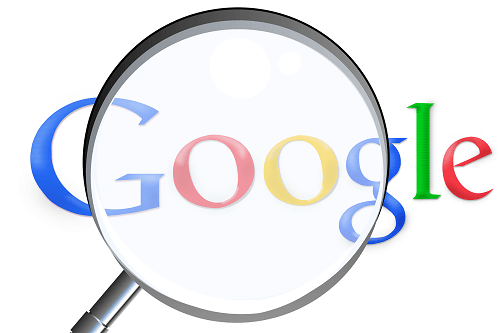How Google detects AI-powered ad abuse
In a world that is increasingly characterized by the digital revolution, Artificial Intelligence (AI) established itself as one of the most powerful tools in the technological landscape. Companies, research institutes and governments around the world are investing heavily in developing advanced AI systems that are fundamentally changing not only the way we work and communicate, but also our access to information and entertainment. At the forefront of these remarkable developments is Google, a company that has always been synonymous with innovation and progress in the digital age.
Google occupies a key position in an intense race to maximize the potential of AI while minimizing the associated risks. One area where the balance between usefulness and potential for abuse is particularly delicate is online advertising. A game of cat and mouse has developed here: while advertisers try to spread their messages as effectively as possible, fraudsters use advanced technologies to manipulate the systems. In this dynamic environment, Google is using AI to detect and combat AI-powered ad abuse.

This use of AI against AI represents a new front in the digital age that is about much more than just protecting advertising revenue. It’s about preserving the integrity of the Internet as a space for authentic human interactions and protecting users from misleading or harmful content. By using innovative AI technologies to detect and combat ad abuse, Google is taking a pioneering role. But with great opportunities also come great challenges. This article looks at how Google is addressing these challenges, what progress has been made, and what hurdles still need to be overcome to create a safer and more transparent online advertising landscape.
Google’s fight against AI-powered ad abuse
Google is constantly faced with the challenge of ensuring the integrity and security of its advertising platforms. In a digital age increasingly dominated by artificial intelligence (AI), both the possibilities and the complexity of ad abuse have multiplied. Fraudulent actors use advanced technologies to continually refine and conceal their tactics, creating an ongoing cat-and-mouse game between them and platform operators like Google.
To counteract this, Google relies on a combination of advanced AI technologies and human expertise. The company’s AI systems are trained to detect unusual Detect patterns and anomalies in ad placements and content that could indicate abusive activity. These include, for example, misleading claims, the use of prohibited content or the targeted display of advertisements to particularly vulnerable target groups. These technologies use machine learning and data analysis to learn from each case detected, making them more effective over time.
A key aspect of Google’s strategy is transparency towards advertisers and users. The company continually works to update and communicate its policies to ensure advertisers understand the limits of what is allowed and users have the opportunity to report concerns. In addition, Google offers resources and training for advertisers to inform them about best practices in digital Marketing to educate and support.
Despite these efforts, combating AI-powered ad abuse remains an enormous challenge. Fraudsters are constantly developing new methods to bypass detection systems. Therefore, it is essential for Google to improve its >Continuously adapt and improve AI models. This requires not only continued investment in technology and research, but also close collaboration with other industry players, including other platforms, regulators and civil society organizations.
Another important element in Google’s fight against ad abuse is the ability to respond quickly and effectively to detected threats. If potential abuse is identified, the company will take action that can range from simply removing the offending ads to blocking advertising accounts entirely. In particularly serious cases, Google also works with law enforcement authorities to take legal action.
The bottom line is that Google’s fight against AI-powered ad abuse is an ongoing process that requires constant vigilance, innovation and collaboration. Through a combination of advanced technology, strict policies and collaboration with a broad community of stakeholders, Google is committed to ensuring a safe and trustworthy advertising environment for all users.
The role of AI in detecting abuse
At a time when digital advertising is increasingly dominated by sophisticated Fraud methods are threatened, Google has revolutionized the role of artificial intelligence (AI) in combating such activities. AI systems are at the heart of these efforts because they are capable of huge analyze volumes of data faster and more precisely than a human could ever do. These systems use complex machine learning and pattern recognition algorithms to identify anomalies that could indicate abusive or fraudulent ads.
A key advantage of AI in this area is its ability to continually evolve and learn from new information. As fraudsters change their tactics to avoid detection, AI systems also adapt by learning new patterns and techniques that indicate abuse. This adaptability is critical to maintaining the effectiveness of abuse detection over time.
Supervised Learning
Google also relies on so-called “Supervised Learning” models in which the AI systems are trained on examples that human experts have classified as fraudulent or legitimate. These models are becoming increasingly refined by constantly feeding them new data, resulting in increasingly precise detection. In addition, Google is experimenting with “unsupervised learning” techniques, in which the AI identifies patterns in the data without human input. This approach is particularly promising for detecting previously unknown forms of fraud.
Despite this progress, challenges remain. AI must be able to distinguish between aggressive marketing tactics and real abuse without falsely penalizing legitimate advertisers. This requires careful tuning of AI systems and continuous review of their decisions by humans.
The development of these AI technologies at Google shows the importance of investing in advanced tools that not only protect the advertising industry but also improve the user experience. By combining technological innovation with human expertise, Google works to stay ahead and ensure a safe, trusted online advertising environment.
Challenges and limitations of AI
While the use of artificial intelligence (AI) enables revolutionary advances in the fight against ad abuse, there are also significant challenges and limitations associated with this technology. One of the biggest challenges is the accuracy of the AI systems. False positive identifications, where legitimate ads are incorrectly flagged as abusive, can cause significant financial and reputational damage to advertisers. This requires constant fine-tuning of the algorithms to improve accuracy without compromising effectiveness in detecting actual cases of abuse.
Another problem is the adaptability of fraudsters. With every advance that AI systems make in detecting abuse, fraudsters develop new methods to circumvent these systems. This type of arms race means that AI models must be continually trained and updated with new data to keep up with rapidly evolving fraud techniques.
The transparency and ethics of AI decisions is another significant challenge. As AI systems act increasingly autonomously, ways must be found to make their decisions understandable and verifiable. This is particularly important to maintain user and advertiser trust in the platform and ensure that the AI acts in the best interests of everyone involved.
There are also technical and financial limits to the development and implementation of AI systems. Creating, training and maintaining sophisticated AI models requires significant computing power and expertise, which incurs high costs. For Google and other companies, this means that investing in AI is not just a question of technological feasibility, but also of economic viability.
Finally, the increasing complexity and autonomy of AI systems raise questions regarding social acceptance and regulatory requirements. Because these technologies can have profound impacts on digital and real-world spaces, an ongoing discussion about ethics, privacy and surveillance is essential. The development of AI in accordance with social values and norms represents an ongoing challenge that requires not only technical, but also philosophical and ethical solutions.
Overall, the challenges and limitations of AI in combating ad abuse are multi-layered and complex. They require a careful balance between technological innovation, ethical considerations and the need to protect the rights and trust of users. Despite these challenges, the use of AI remains an indispensable tool in the fight against abuse in online advertising that needs to be continually developed and refined to be fully effective.
The future of AI in the advertising industry
As Google continues to expand its leadership in the AI race, a future is emerging where artificial intelligence is not just a tool to combat ad abuse, but the backbone of a revolutionized advertising industry. The ongoing integration of AI into advertising systems promises to make advertising not only safer, but also more relevant and personalized. This development has the potential to fundamentally change the relationship between advertisers and consumers.
Personalized ad delivery, powered by deep learning models, is becoming increasingly precise, presenting users with content that precisely matches their interests and needs. This not only improves the user experience, but also increases the effectiveness of the advertising campaigns. AI can help strike the balance between targeted advertising and protecting your privacy by developing privacy-friendly ways to analyze user data.
AI-based predictions
In addition, the use of AI in the creative design of advertisements opens up new possibilities. AI-powered tools can help advertisers generate content tailored to the emotional resonance and behavior patterns of specific audiences, making advertising messages even more effective.
Another important field is AI-based Prediction of advertising trends and consumer behavior. By analyzing large amounts of data, AI can spot future trends before they become obvious, giving advertisers strategic advantages. This could enable more proactive planning and optimization of advertising campaigns, which is particularly valuable in a rapidly changing digital landscape.
However, we also face ethical challenges such as protecting privacy and user autonomy. Developing transparent and responsible AI systems that respect ethical guidelines will be crucial to maintaining user trust and meeting regulatory requirements.
In conclusion, the future of AI in the advertising industry depends not only on technological advances, but also on the industry’s ability to use these technologies ethically and for the good of society. Google and other players in the digital space are therefore faced with the challenge of paving the way for an advertising industry that is both innovative and responsible.
Conclusion
Google’s use of AI to detect and combat ad abuse marks a significant step in the evolution of digital advertising. While the challenges are significant, consistent progress in this area shows that technology plays a key role in ensuring a safe and trustworthy online advertising environment. Google is not only at the center of the AI race, but is also actively shaping the future of a more ethical and transparent digital advertising landscape.
Popular Posts
Integrate and use ChatGPT in Excel – is that possible?
ChatGPT is more than just a simple chatbot. Learn how it can revolutionize how you work with Excel by translating formulas, creating VBA macros, and even promising future integration with Office.
A turning point in EU policy on regulating AI
The EU's AI Act represents a historic step forward in the regulation of artificial intelligence. With strict guidelines for high-risk applications, it paves the way for safe and responsible AI innovation on a global scale.
The most important cookie settings in Google Chrome
Find out all about the latest cookie settings in Google Chrome. From third-party cookie blocking to SameSite attributes, we cover the most important updates for your online security and privacy.
QR code scams and how to protect yourself
Cybercriminals use fake QR codes to link to malicious websites or distribute malware. Protect yourself by checking the source, using previews and keeping your smartphone up to date. Be vigilant and enjoy digital conveniences safely.
Start Windows without password – How it works
Starting Windows without a password can be useful if your computer is protected from unauthorized access at home. There is no need to change your password either.
The best backup solutions for your data
Keep your data safe and secure! Discover our best backup solutions for your valuable information now. Because safety is the be-all and end-all - and we have the perfect tips.









